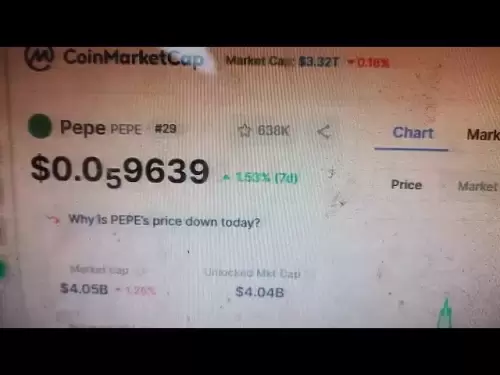-
 Bitcoin
Bitcoin $108,250.0992
0.11% -
 Ethereum
Ethereum $2,515.9404
0.03% -
 Tether USDt
Tether USDt $1.0003
0.00% -
 XRP
XRP $2.2166
-0.19% -
 BNB
BNB $656.5904
0.29% -
 Solana
Solana $147.4122
-0.58% -
 USDC
USDC $1.0000
-0.01% -
 TRON
TRON $0.2830
0.06% -
 Dogecoin
Dogecoin $0.1641
0.27% -
 Cardano
Cardano $0.5739
-0.19% -
 Hyperliquid
Hyperliquid $39.1463
-0.11% -
 Sui
Sui $2.8882
-0.02% -
 Bitcoin Cash
Bitcoin Cash $487.6428
0.31% -
 Chainlink
Chainlink $13.2097
0.07% -
 UNUS SED LEO
UNUS SED LEO $9.0308
0.10% -
 Avalanche
Avalanche $17.8608
0.13% -
 Stellar
Stellar $0.2379
-0.06% -
 Toncoin
Toncoin $2.7400
-0.39% -
 Shiba Inu
Shiba Inu $0.0...01144
-0.36% -
 Litecoin
Litecoin $87.5467
0.66% -
 Hedera
Hedera $0.1538
0.22% -
 Monero
Monero $315.5479
0.36% -
 Dai
Dai $1.0000
0.00% -
 Polkadot
Polkadot $3.3523
-0.71% -
 Ethena USDe
Ethena USDe $1.0003
0.01% -
 Bitget Token
Bitget Token $4.3960
-1.03% -
 Uniswap
Uniswap $7.2663
4.19% -
 Aave
Aave $272.8619
2.04% -
 Pepe
Pepe $0.0...09676
-0.18% -
 Pi
Pi $0.4586
-2.87%
How to create a new liquidity pool on PancakeSwap?
To create a new liquidity pool on PancakeSwap, connect your wallet, select token pairs, add liquidity, and manage your pool, while being aware of risks like impermanent loss.
Apr 14, 2025 at 03:49 am
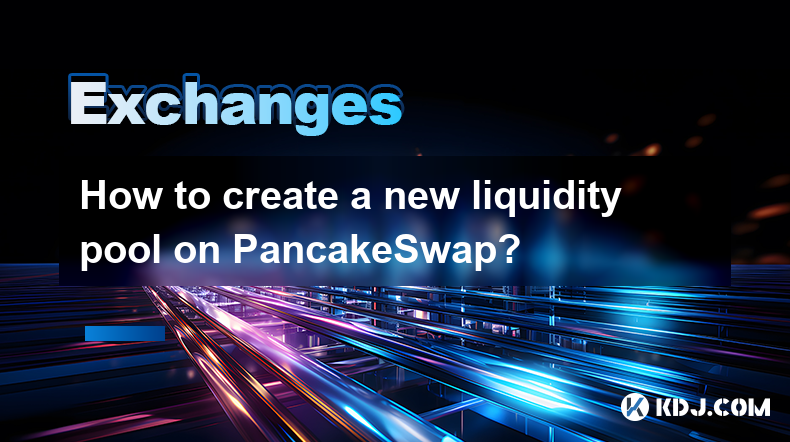
Creating a new liquidity pool on PancakeSwap is an essential process for those looking to add new token pairs to the decentralized exchange. This guide will walk you through the steps required to set up a new liquidity pool, ensuring you understand each part of the process. Let's dive into the details.
Understanding Liquidity Pools
Before you start creating a new liquidity pool, it's important to understand what a liquidity pool is. A liquidity pool is a smart contract that holds reserves of two tokens. These pools facilitate trading by providing liquidity, allowing users to swap one token for another. On PancakeSwap, liquidity pools are crucial for the smooth operation of the platform.
Preparing for Pool Creation
To create a new liquidity pool on PancakeSwap, you need to have the tokens you want to pair in your wallet. Ensure that you have:
- Token A: The first token you want to add to the pool.
- Token B: The second token you want to pair with Token A.
Both tokens should be compatible with the Binance Smart Chain (BSC), as PancakeSwap operates on this blockchain. You'll also need to have some BNB in your wallet to cover transaction fees.
Connecting Your Wallet
The first step in creating a new liquidity pool is to connect your wallet to PancakeSwap. Here's how you can do it:
- Visit the PancakeSwap website.
- Click on the "Connect" button in the top right corner.
- Select your preferred wallet from the list of supported wallets (e.g., MetaMask, Trust Wallet).
- Follow the prompts to connect your wallet to PancakeSwap.
Once your wallet is connected, you'll be able to interact with the platform and create your liquidity pool.
Adding Liquidity
After connecting your wallet, navigate to the "Liquidity" section on PancakeSwap. Here's how to add liquidity:
- Click on the "Add Liquidity" button.
- Select the tokens you want to add to the pool (Token A and Token B).
- Enter the amount of each token you want to add to the pool.
- The interface will show you the expected output of LP tokens you will receive.
- Review the details and click on "Supply" to proceed.
You'll need to confirm the transaction in your wallet, which will involve paying a small gas fee in BNB.
Confirming the Pool Creation
Once you've added liquidity, the pool will be created, and you'll receive LP tokens in return. These tokens represent your share of the pool and can be staked to earn rewards. You can check the status of your pool by going to the "Pools" section on PancakeSwap.
Managing Your Liquidity Pool
After creating your liquidity pool, you can manage it by adding or removing liquidity as needed. Here's how to manage your pool:
- Go to the "Liquidity" section.
- Find your pool in the list of your liquidity positions.
- Click on "Remove" if you want to withdraw your liquidity, or "Add" if you want to add more liquidity.
Remember that removing liquidity will involve another transaction fee, and you'll need to confirm the transaction in your wallet.
Understanding the Risks
Creating a new liquidity pool comes with certain risks. Impermanent loss is a significant risk to be aware of. This occurs when the price of the tokens in your pool changes compared to when you deposited them. It's important to understand this risk and consider it before creating a new pool.
Frequently Asked Questions
Q: Can I create a liquidity pool with any token on PancakeSwap?
A: You can create a liquidity pool with any token that is compatible with the Binance Smart Chain. However, the token must be supported by PancakeSwap, and you need to ensure that there is demand for the token pair you are creating.
Q: How do I know if my liquidity pool is successful?
A: The success of a liquidity pool can be measured by the volume of trades it facilitates and the amount of liquidity it attracts. You can monitor these metrics through the PancakeSwap interface or third-party analytics tools.
Q: What happens if I want to remove my liquidity from the pool?
A: To remove liquidity, go to the "Liquidity" section on PancakeSwap, find your pool, and click on "Remove." You'll need to confirm the transaction in your wallet, and you'll receive the tokens you added to the pool back, minus any fees.
Q: Can I create multiple liquidity pools with the same token?
A: Yes, you can create multiple liquidity pools with the same token, as long as you pair it with different tokens each time. This allows you to diversify your liquidity provision across different token pairs.
Disclaimer:info@kdj.com
The information provided is not trading advice. kdj.com does not assume any responsibility for any investments made based on the information provided in this article. Cryptocurrencies are highly volatile and it is highly recommended that you invest with caution after thorough research!
If you believe that the content used on this website infringes your copyright, please contact us immediately (info@kdj.com) and we will delete it promptly.
- Litecoin Breakout Watch: What Traders Need to Know Now
- 2025-07-06 16:50:13
- Bitcoin, Solana, Ethereum: Decoding the Latest Buzz on the Blockchain
- 2025-07-06 16:50:13
- Widnes Resident's 50p Could Be Your Ticket to Easy Street: Rare Coin Mania!
- 2025-07-06 16:55:13
- Bitcoin, Solaris Presale, and Token Rewards: What's the Buzz?
- 2025-07-06 16:55:13
- Ethereum Under Pressure: Price Drop Amid Global Uncertainties
- 2025-07-06 17:00:13
- XRP, SEC Case, and Prosperity: A New Era for XRP Holders?
- 2025-07-06 17:10:13
Related knowledge
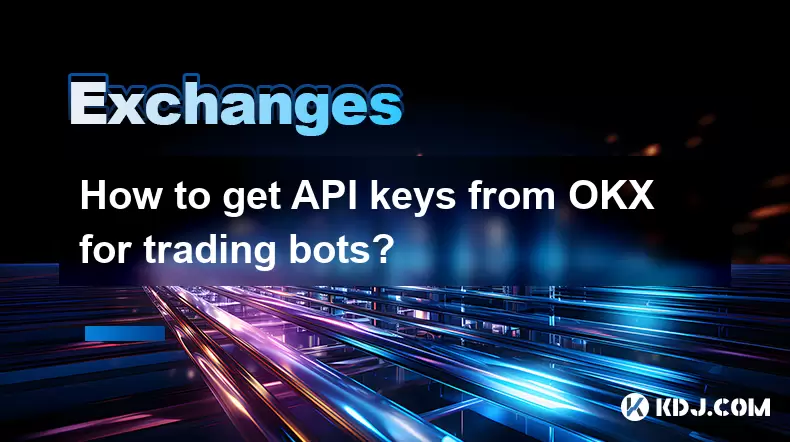
How to get API keys from OKX for trading bots?
Jul 03,2025 at 07:07am
Understanding API Keys on OKXTo interact with the OKX exchange programmatically, especially for building or running trading bots, you need to obtain an API key. An API (Application Programming Interface) key acts as a secure token that allows your bot to communicate with the exchange's servers. On OKX, these keys come with customizable permissions such ...
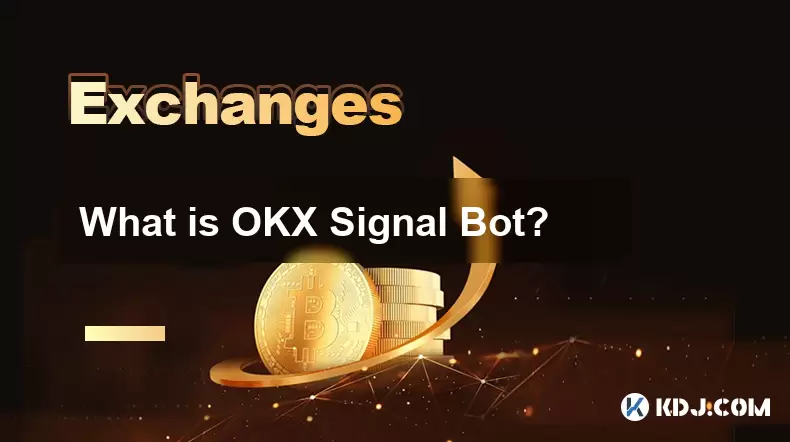
What is OKX Signal Bot?
Jul 02,2025 at 11:01pm
Understanding the Basics of OKX Signal BotThe OKX Signal Bot is a feature within the OKX ecosystem that provides users with automated trading signals and execution capabilities. Designed for both novice and experienced traders, this bot helps identify potential trading opportunities by analyzing market trends, technical indicators, and historical data. ...
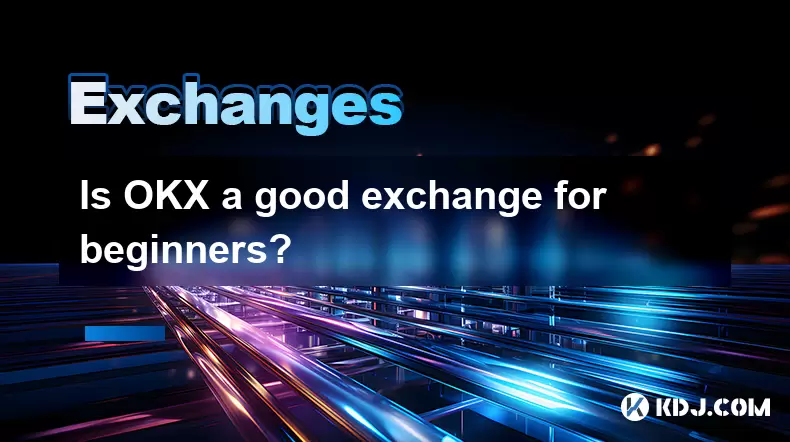
Is OKX a good exchange for beginners?
Jul 03,2025 at 05:00pm
What Is OKX and Why Is It Popular?OKX is one of the leading cryptocurrency exchanges globally, known for its robust trading infrastructure and a wide variety of digital assets available for trading. It supports over 300 cryptocurrencies, including major ones like Bitcoin (BTC), Ethereum (ETH), and Solana (SOL). The platform has gained popularity not onl...
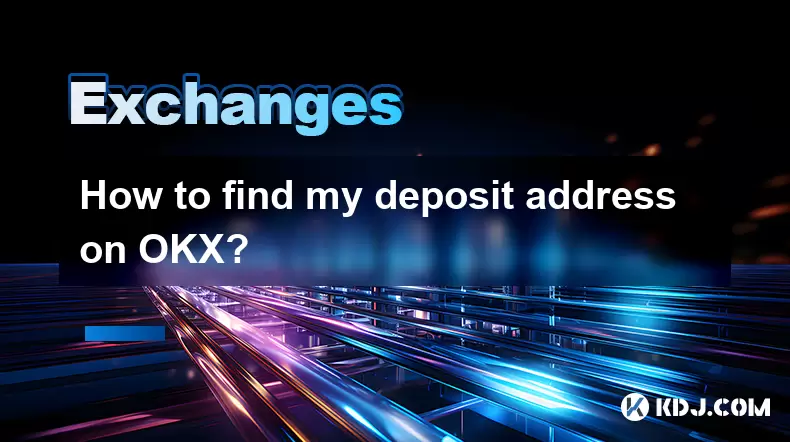
How to find my deposit address on OKX?
Jul 06,2025 at 02:28am
What is a Deposit Address on OKX?A deposit address on OKX is a unique alphanumeric identifier that allows users to receive cryptocurrencies into their OKX wallet. Each cryptocurrency has its own distinct deposit address, and using the correct one is crucial to ensure funds are received properly. If you're looking to transfer digital assets from another ...
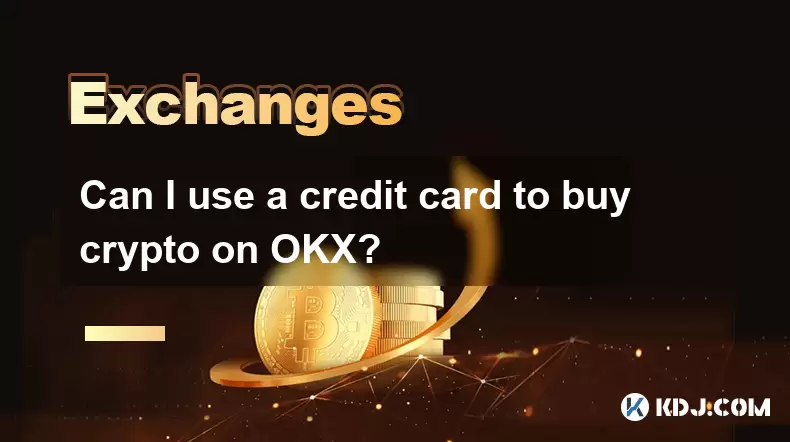
Can I use a credit card to buy crypto on OKX?
Jul 04,2025 at 04:28am
Understanding OKX and Credit Card PaymentsOKX is one of the leading cryptocurrency exchanges globally, offering a wide range of services including spot trading, derivatives, staking, and more. Users often wonder whether they can use a credit card to buy crypto on OKX, especially if they are new to the platform or looking for quick ways to enter the mark...
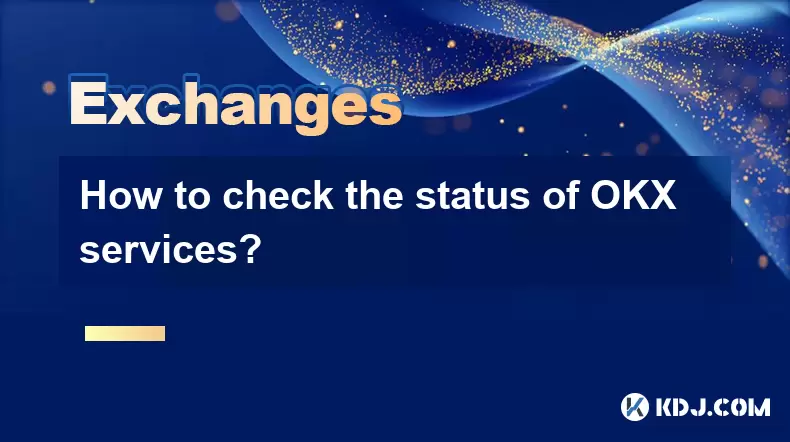
How to check the status of OKX services?
Jul 02,2025 at 11:14pm
What is OKX, and Why Checking Service Status Matters?OKX is one of the world’s leading cryptocurrency exchanges, offering services such as spot trading, futures trading, staking, and more. With millions of users relying on its platform for daily transactions, it's crucial to know how to check the status of OKX services. Downtime or maintenance can affec...

How to get API keys from OKX for trading bots?
Jul 03,2025 at 07:07am
Understanding API Keys on OKXTo interact with the OKX exchange programmatically, especially for building or running trading bots, you need to obtain an API key. An API (Application Programming Interface) key acts as a secure token that allows your bot to communicate with the exchange's servers. On OKX, these keys come with customizable permissions such ...

What is OKX Signal Bot?
Jul 02,2025 at 11:01pm
Understanding the Basics of OKX Signal BotThe OKX Signal Bot is a feature within the OKX ecosystem that provides users with automated trading signals and execution capabilities. Designed for both novice and experienced traders, this bot helps identify potential trading opportunities by analyzing market trends, technical indicators, and historical data. ...

Is OKX a good exchange for beginners?
Jul 03,2025 at 05:00pm
What Is OKX and Why Is It Popular?OKX is one of the leading cryptocurrency exchanges globally, known for its robust trading infrastructure and a wide variety of digital assets available for trading. It supports over 300 cryptocurrencies, including major ones like Bitcoin (BTC), Ethereum (ETH), and Solana (SOL). The platform has gained popularity not onl...

How to find my deposit address on OKX?
Jul 06,2025 at 02:28am
What is a Deposit Address on OKX?A deposit address on OKX is a unique alphanumeric identifier that allows users to receive cryptocurrencies into their OKX wallet. Each cryptocurrency has its own distinct deposit address, and using the correct one is crucial to ensure funds are received properly. If you're looking to transfer digital assets from another ...

Can I use a credit card to buy crypto on OKX?
Jul 04,2025 at 04:28am
Understanding OKX and Credit Card PaymentsOKX is one of the leading cryptocurrency exchanges globally, offering a wide range of services including spot trading, derivatives, staking, and more. Users often wonder whether they can use a credit card to buy crypto on OKX, especially if they are new to the platform or looking for quick ways to enter the mark...

How to check the status of OKX services?
Jul 02,2025 at 11:14pm
What is OKX, and Why Checking Service Status Matters?OKX is one of the world’s leading cryptocurrency exchanges, offering services such as spot trading, futures trading, staking, and more. With millions of users relying on its platform for daily transactions, it's crucial to know how to check the status of OKX services. Downtime or maintenance can affec...
See all articles


























